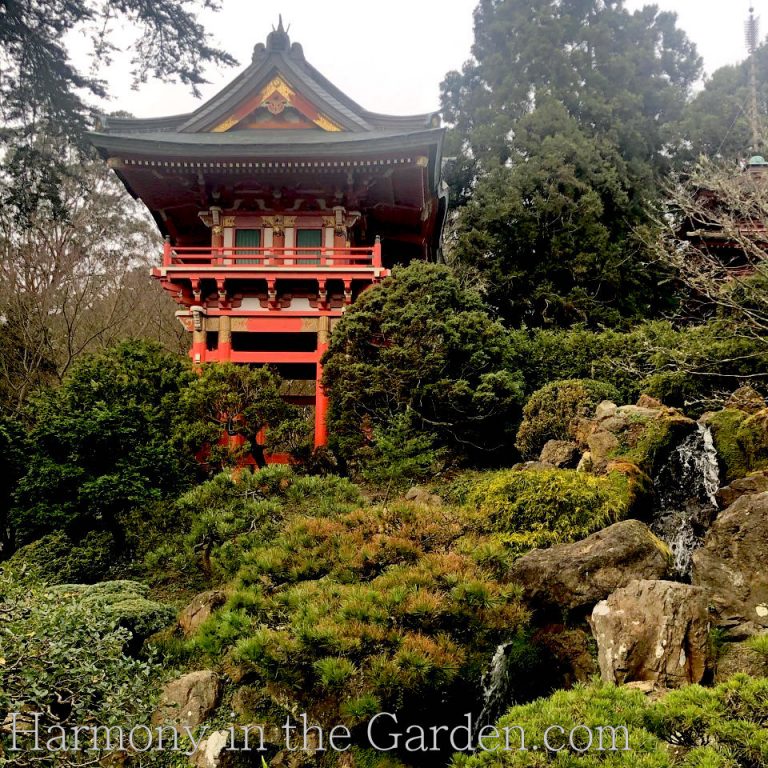
There’s something pretty special about visiting a garden in the dead of winter.
Why? Because in the winter, a well-designed garden allows one to get a peek behind the curtain, to study the bare-bones of a garden. The curtain, of course, being the attention-grabbing flowers of spring and summer.
San Francisco’s Japanese Tea Garden just happens to be one of these well-designed gardens.
A few weeks ago, I took my daughter to visit the Tea Garden. Since moving to SF last year, something amazing happened to her – she’s finally interested in gardens!
Oh, how I tried and tried to get her interested over the years. I would try anything to hook her in (remember the praying mantis nest? Or growing sprouts or mushrooms? Or, my personal favorite –making grape juice?)
Deep-down, I knew it was there, but the rebel in her wouldn’t acknowledge it to me, acting bored out of her mind whenever I’d drag her to another garden.
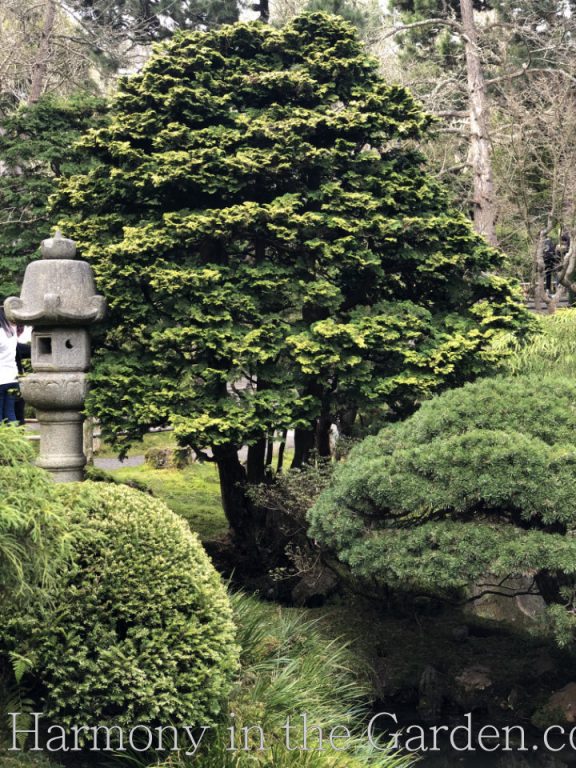
Well, flash forward a decade, and she asks if there are any gardens we can visit, even though its winter. You could’ve knocked me over with a feather!
I knew I had to pick a garden that would be intriguing this time of year, so off we went to the Japanese Tea Garden.
Many (many) years ago, I lived in SF and worked at the DeYoung Museum, which is next door to the Tea Garden. Back then, museum employees were allowed to visit the Tea Garden as often as we wanted, and I would eat my lunch there almost every day.
Looking back, I can’t believe what an amazing gift that was.
Another reason why visiting the garden in the winter? Less tourists!
Most people assume all gardens are dormant in the winter, and aren’t worth paying money to see.
Boy are they wrong!
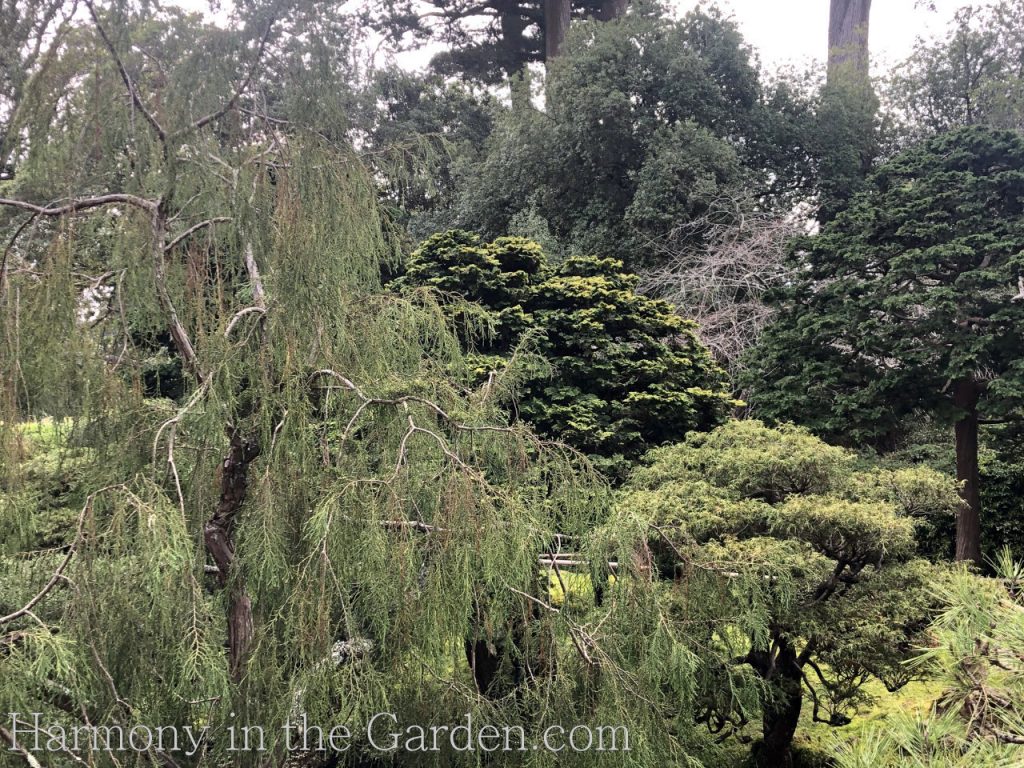
In a winter garden, evergreens reign supreme, thanks to their unique textures and forms.
This is the time to study a particular combination, noticing why and how it works so well.
Strategically placing plants with varying textures and forms near one another can result in pure magic.
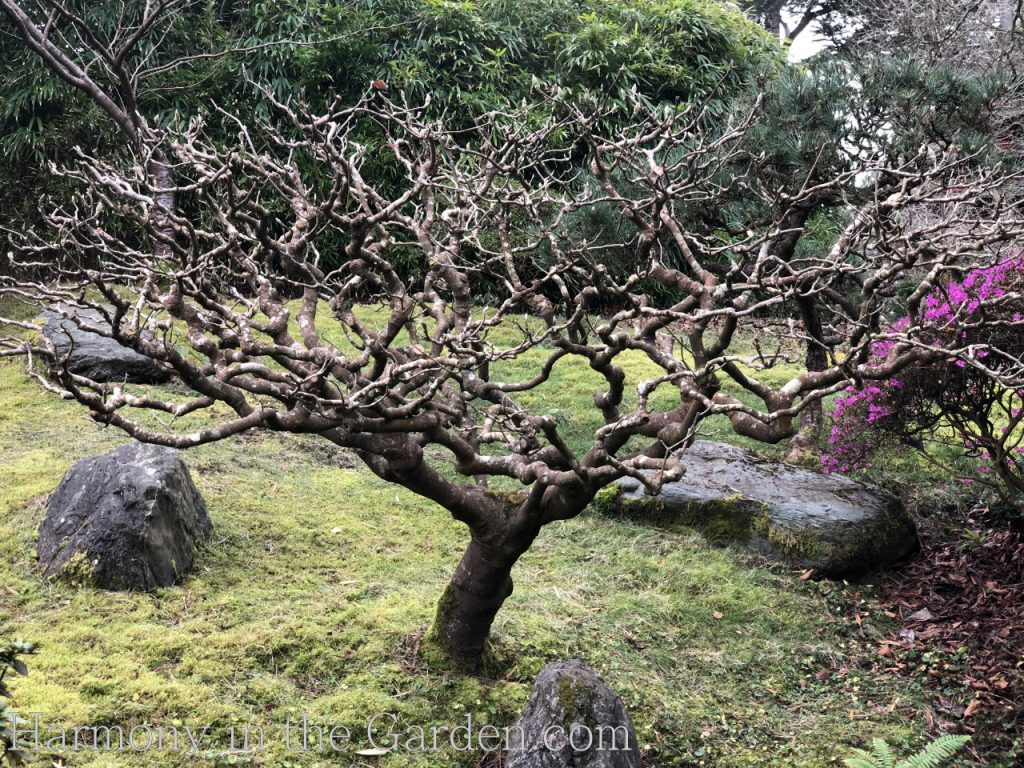
Or, if a plant has a strong deciduous shape, consider placing it by itself to act as a focal point.
This tree wouldn’t look nearly as stunning if it were surrounded by a lot of other plants.
But isolating it, transforms the plant’s dormant shape into a piece of art.
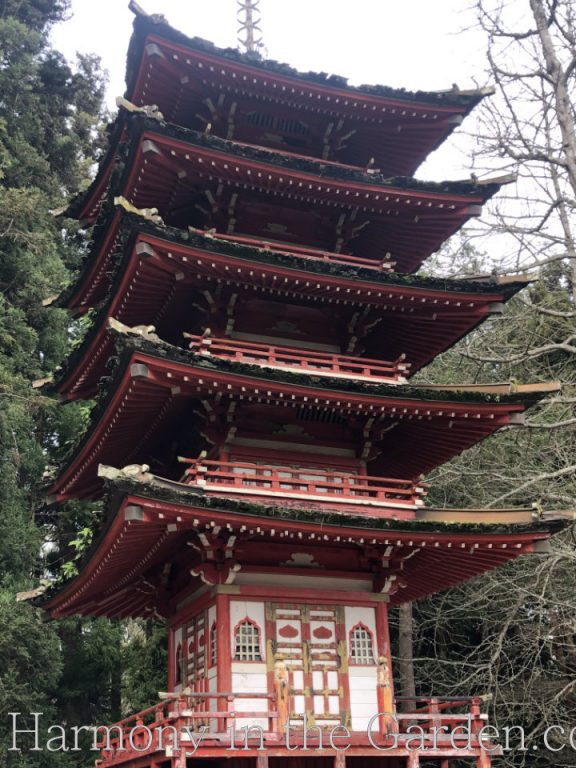
A garden’s structures, sculptures, and art also take center stage during the winter, as there isn’t a flower to be found to steal one’s attention.
Though, to be honest, I doubt there’s a flower on earth that could steal the attention away from a 100-year old pagoda or moon bridge!
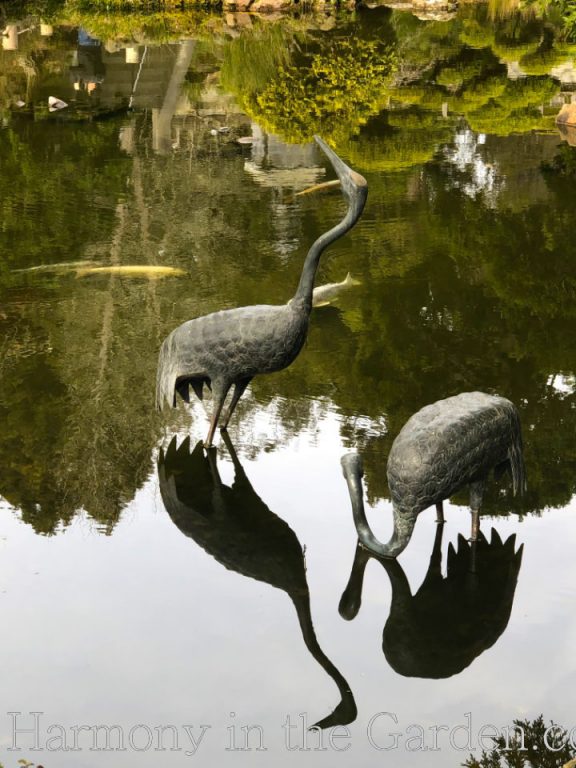
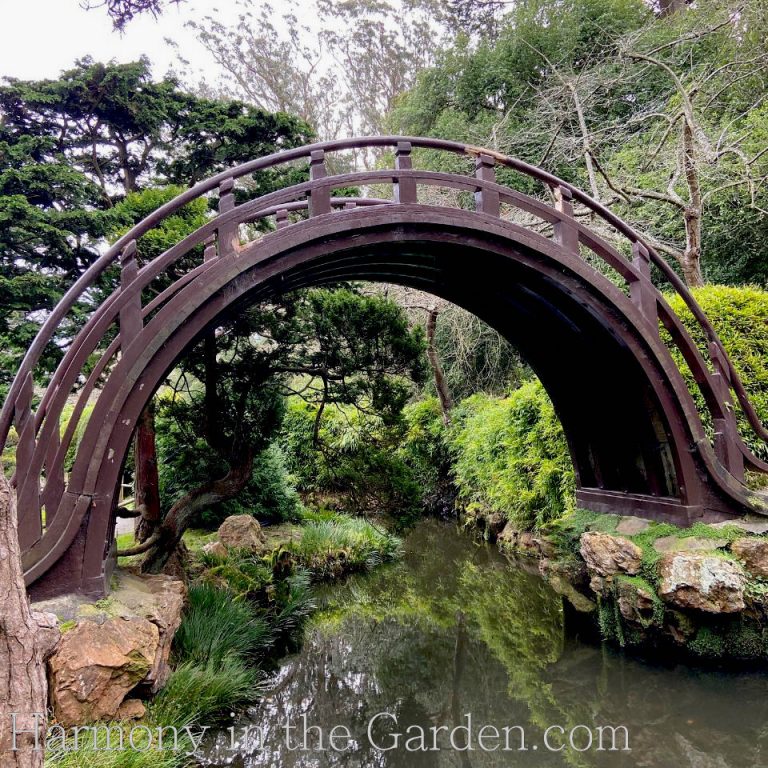
Chilled to the bone, we ended our visit at the Tea House (below), sharing a steaming-hot pot of tea along with a plate of cookies.

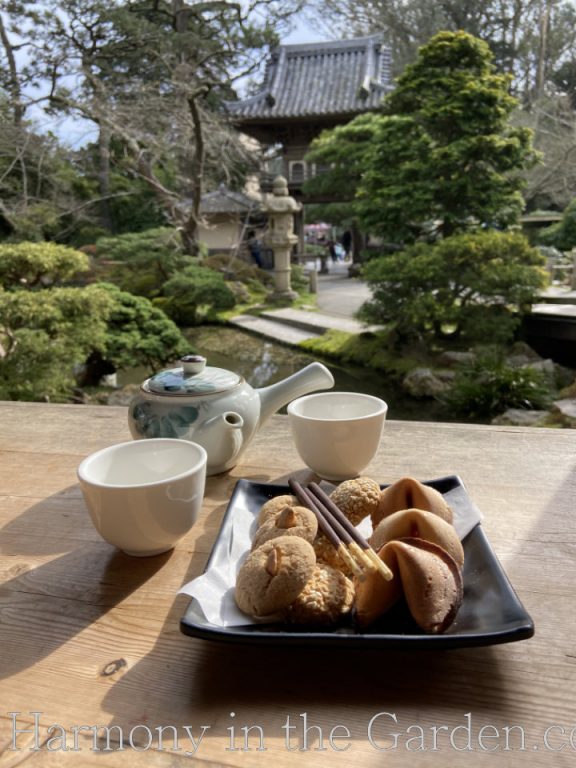

Can you believe the fortune that was in my cookie?
It couldn’t have been more spot-on!
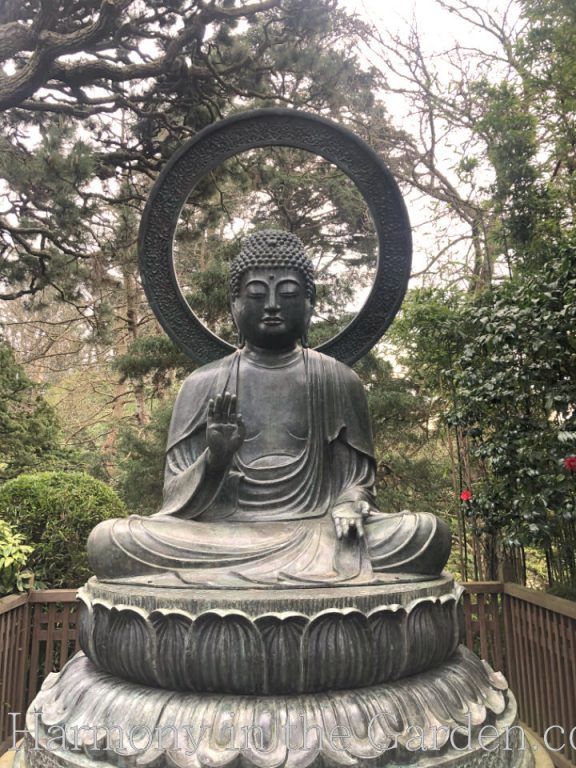
If you’d like to see 3 of my very favorite winter gardens of all time, please take a look at:
The Bay Area’s Filoli Garden,
Seattle’s Washington Park Arboretum
and the Kubota Garden.
In each of these gardens, I discuss different garden design lessons that each one teaches.
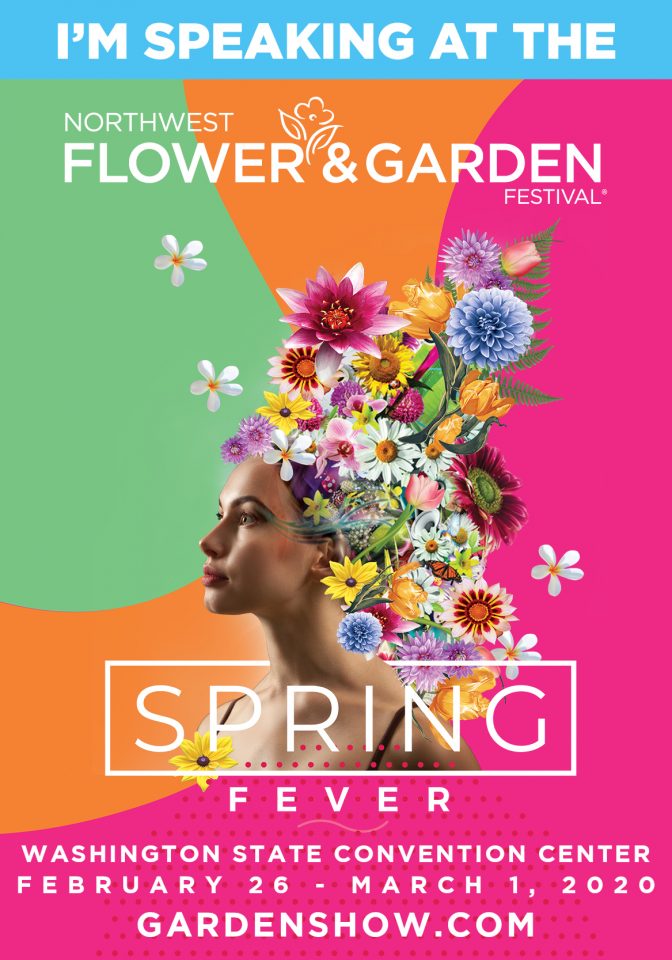
And speaking of Seattle, I’ll be presenting there again this year!
I’ll first be speaking at the Woodinville Garden Club on 2/26, and then again at the Northwest Flower & Garden Show on 2/27 and 2/28.
I’ll be giving two new talks at the show: The 7 Sins of Garden Design and Knowing When & How to Break the Rules.
If you happen to be there, please stop by and say hi!






8 Comments
I was just thinking when wandering my garden the other day that I want to add more small evergreens for winter interest and more ease in maintenance all year long. Isn’t that the way it works? I left Portland, Oregon over 12 years ago and miss the wonderful gardens there.
Portland has some amazing gardens, don’t they? I’ve only been there a few times, but when I walk the streets I’m amazed at how everyone is really into gardening. I love that! I’ve been focusing on adding evergreens to my garden to give it interest year round, but it can be pretty challenging in my hot, dry climate.
Thanks to your suggestions of visiting public gardens in winter, I went to the Kubota garden. I was stunned at how large, detailed, and well designed it was. I can’t wait to go back. And I went to the Washington Park Arboretum and was so impressed by their winter garden. It is a wonderful place to take a walk. Thank you for inspiring me to keep exploring and learning in winter.
Oh, I’m so glad you enjoyed the gardens aren’t they just amazing? I’m heading up to Seattle this afternoon (getting ready for my talks at the NWFGS) and am looking forward to taking my mother to see the Washington Arboretum tomorrow afternoon. She’s never been before and it looks like the weather should be cooperating this week (unlike last year at this time, where it was SO COLD!!)
I remember the tea garden from visits as a child and later with my husband. One time we went and the garden was closed so we took time to study the amazing front gate with the invisible Japanese joinery carpentry. The skill of those artisans is beyond compare!
In San Mateo where we live, we are lucky to have a small version of the SF tea garden, in Central Park. It’s nice to visit in all seasons to see how it changes.
Hi Ronnie – thanks so much for the heads up on the San Mateo garden! I hadn’t heard of that one and next time I’m in the area I’ll definitely check it out. I didn’t notice the gate with as much detail as you so thanks for that, too. Next time I’m there I’ll make sure to take a closer look.
Hello Rebecca,
Such a wonderful and important article! Yes, I as work around cleaning up my own garden this time of year, I look at winter forms, structures and shapes. I also love evergreen grasses that blow in the wind this time of year. Two of my favorites in my climate are Lomandra “Lime Tuff” and Lomandra “Platinum Beauty”.
Take care and best always to you and your family.
Sabrina Tanner
Hi Sabrina – your garden is amazing in the winter (no surprise!) and you could give a master class on how to create year-round interest. 🙂 I love the little ‘Lime Tuff’ and have been using it more and more as it’s so much smaller than the giant ‘Breeze’. And yes, that ‘Platinum Beauty’ is a beauty, indeed. Plus, I’ve found it doesn’t have quite so many of the annoying stickery ‘flowers’.